When every decision impacts margin and mission, alignment is everything
Health systems sit at the intersection of care delivery and financial accountability. But fragmented systems, delayed insights and rising costs make performance harder to control. When provider performance, resource allocation and care outcomes are disconnected, performance suffers.
Salient Health unifies clinical, claims, payer and roster data into one contextualized source of truth. Hospital leaders can benchmark provider performance, pinpoint cost drivers and equip teams with the intelligence they need to improve care and protect margin. And they don’t have to wait on analysts or IT to do it.
From the front line to the C-suite, everyone sees the same truth and are empowered to act on it.
Power key use cases that matter most to health systems
![]()
Track organizational performance at every level
Measure KPI progress across contracts, clinics and providers. Identify what’s working, correct what’s not and keep performance on track.
![]()
Quantify the impact of care delivery
Evaluate the real-world outcomes of care transitions, chronic care programs and clinical interventions with linked, contextualized data.
![]()
Understand care consumption in context
Drill into readmissions, downstream utilization and avoidable ER visits to inform care management and optimize network efficiency.
Where performance-focused healthcare organizations turn for insight




Where performance-focused healthcare organizations turn for insight



Fix what’s driving costs – and what’s holding performance back

Identify cost drivers before they become cost crises
- Spot cost anomalies by provider, diagnosis or site of care
- Benchmark performance across service lines and specialties
- Quantify the impact of out-of-network and downstream care
- Tie cost to outcomes using claims and coded treatment data
- Measure the value of wellness visits and preventive care

Unify your data, your teams and your decisions
Disconnected systems slow decisions and performance. Salient Health replaces fragmented tools with one cost-effective platform that links clinical, claims and operational data to reduce reliance on analysts and accelerate confident action across your organization.
From contract strategy to care delivery, every stakeholder sees the same truth and can act with aligned accountability.
-
Integrate clinical, claims and operational data
-
Eliminate platform fragmentation and duplicate tooling
-
Reduce analyst and IT workload through self-service tools
-
Support faster decisions with real-time, contextual insight
-
Align strategy and care delivery with shared visibility

Drive ROI from every patient touchpoint
Every patient interaction is a chance to improve outcomes and protect margin. Salient equips care teams with in-the-moment intelligence to identify high-risk patients, close care gaps and reduce costly utilization. When insight drives every touchpoint, performance follows.
-
Flag high-risk patients across cohorts and conditions
-
Prioritize interventions that reduce readmissions and ER visits
-
Monitor patient engagement and outcomes in the moment
-
Track care plan adherence and intervention ROI
-
Surface gaps in care before they impact cost or quality
Fix what’s driving costs – and what’s holding performance back

Identify cost drivers before they become cost crises
- Spot cost anomalies by provider, diagnosis or site of care
- Benchmark performance across service lines and specialties
- Quantify the impact of out-of-network and downstream care
- Tie cost to outcomes using claims and coded treatment data
- Measure the value of wellness visits and preventive care
Unify your data, your teams and your decisions
Disconnected systems slow decisions and performance. Salient Health replaces fragmented tools with one cost-effective platform that links clinical, claims and operational data to reduce reliance on analysts and accelerate confident action across your organization.
From contract strategy to care delivery, every stakeholder sees the same truth and can act with aligned accountability.
-
Integrate clinical, claims and operational data
-
Eliminate platform fragmentation and duplicate tooling
-
Reduce analyst and IT workload through self-service tools
-
Support faster decisions with real-time, contextual insight
-
Align strategy and care delivery with shared visibility


Drive ROI from every patient touchpoint
Every patient interaction is a chance to improve outcomes and protect margin. Salient equips care teams with in-the-moment intelligence to identify high-risk patients, close care gaps and reduce costly utilization. When insight drives every touchpoint, performance follows.
-
Flag high-risk patients across cohorts and conditions
-
Prioritize interventions that reduce readmissions and ER visits
-
Monitor patient engagement and outcomes in the moment
-
Track care plan adherence and intervention ROI
-
Surface gaps in care before they impact cost or quality

